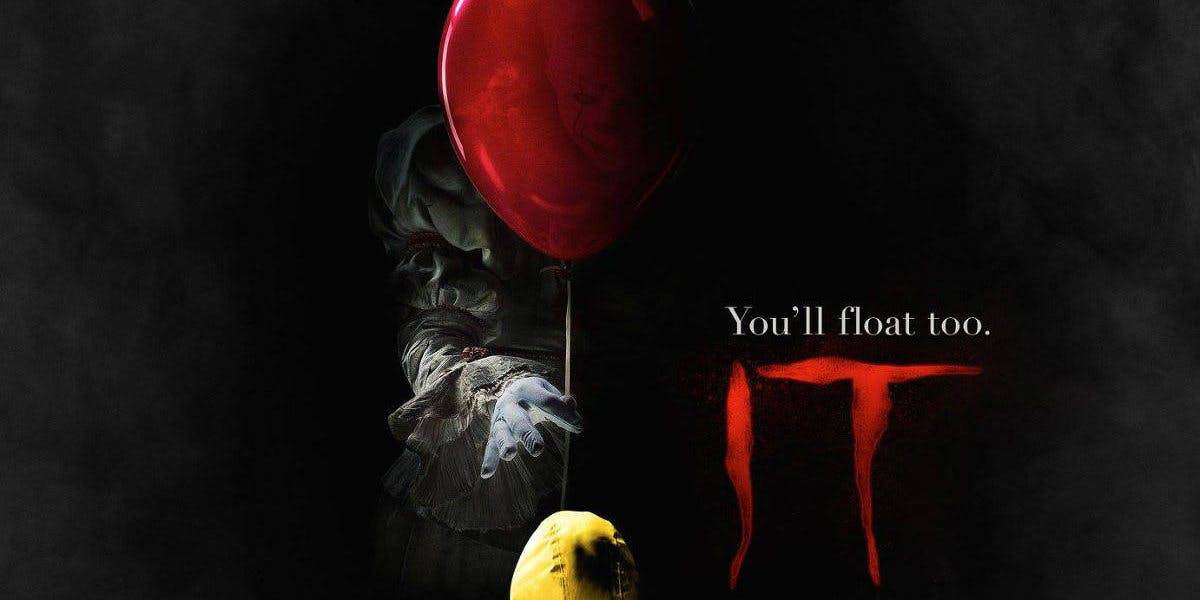-
The Nightfish by Helen McCosker Analysis
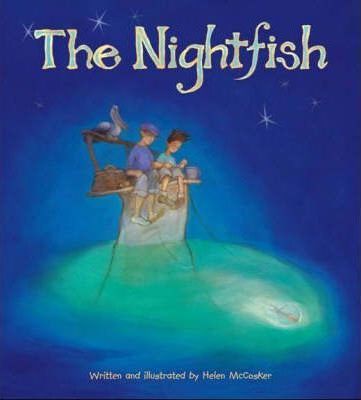
The Nightfish is an Australian picture book written and illustrated by Helen McCosker. Published in 2006, this children’s story makes a good counterpoint to There’s A Sea In My Bedroom (1984).
-
Dinner Time In Art and Storytelling
What does dinner time look like in your house? Do you see your own family tradition reflected in children’s books? I remember hearing once — perhaps on the yak track of Downton Abbey — that, for film makers, table scenes are the most difficult to shoot and edit. Unlike in any other scene, the characters…
-
Theodore Mouse Goes To Sea by Michaela Muntean Analysis
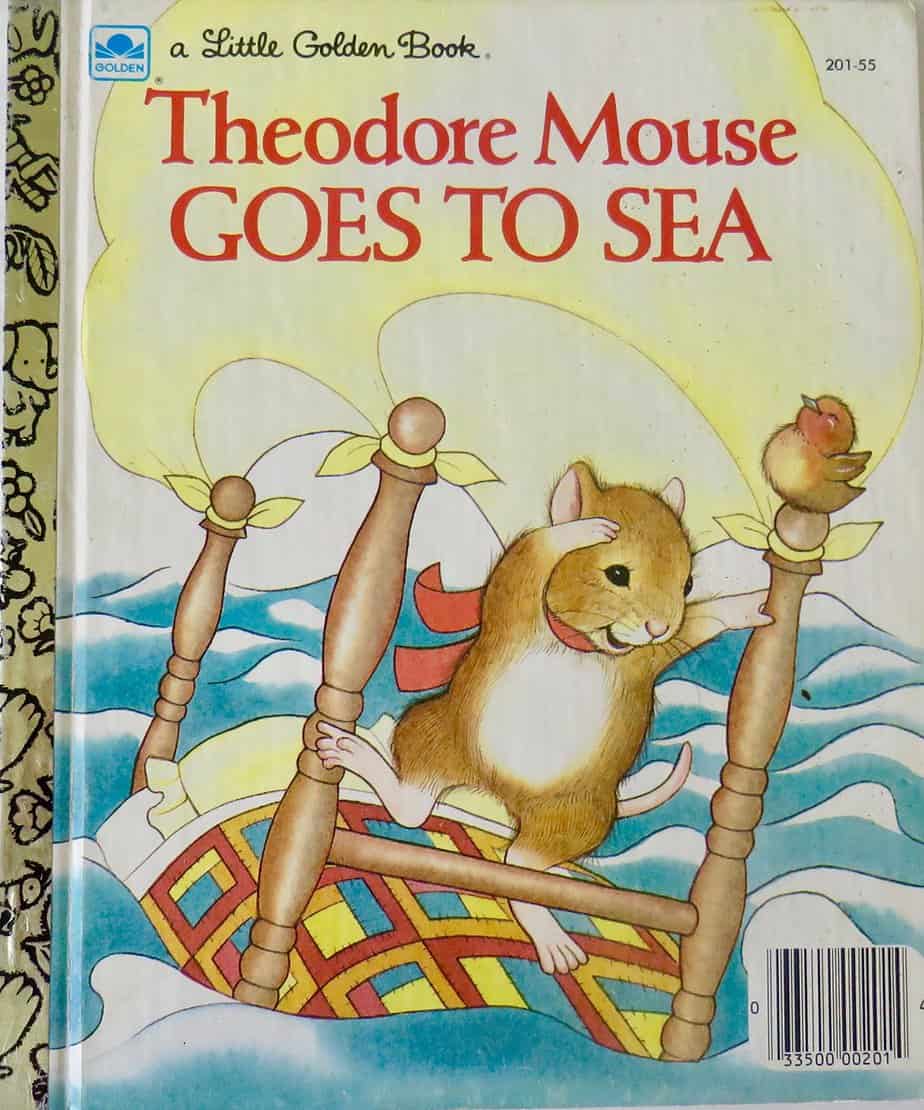
Theodore Mouse Goes To Sea is a Little Golden Book first published 1983. The illustrations are by Lucinda McQueen. There is a series of stories about Theodore the Mouse.
-
President Squid by Aaron Reynolds and Sara Varon Analysis
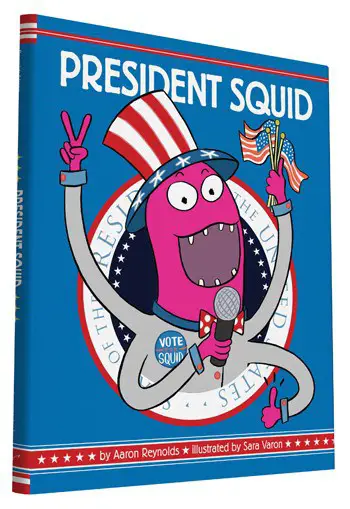
The most hilarious thing about President Squid is that it is not about President Trump. Well, of course it’s about Trump and all of his kind, but as the author told Betsy Bird in an interview, it was already written and in the publishing pipeline before Trump even began his campaign. Reynolds wrote it around…
-
Negatives by Annie Proulx Short Story Analysis

“Negatives” is a short story by Annie Proulx, first published 1994 in Esquire, later included in the Heart Songs collection. You can read it online, with limited unpaid access. “Negatives” is the most brutal of the stories in this collection. Content note for rape. Reasons to read this story: THE DEEP AUTUMN CAME QUICKLY. Abandoned…
-
The Sailor Dog by Margaret Wise Brown
The Sailor Dog by Margaret Wise Brown is a Little Golden Book classic, first published 1953. After the success of Mister Dog, Wise Brown and Garth Williams were paired by the publisher the following year. The Sailor Dog is basically a Robinsonnade for the preschool set. The Robinsonnade is an adventure story which takes place…
-
Character Study: Tony Soprano

Much has been said about the character of Tony Soprano. I’ve explored some of it on this blog; Tony Soprano will always come up in discussions about antiheroes. David Chase (writer of The Sopranos) used every trick in the writer’s handbook to make the audience empathise with Tony Soprano in the pilot episode. It worked.…
-
Onomatopoeia, Mimesis and Children’s Literature

Someone in a children’s writing forum crowdsourced recently: What does a waterfall sound like? They were after an onomatopoeic sound. Some replied ‘trickle’. Others said ‘trickle’ is no good at all for a waterfall, as ‘trickle’ suggests a piddling amount of water. I don’t know what they decided, but I thought of my years learning…
-
The Tale of Squirrel Nutkin by Beatrix Potter Analysis
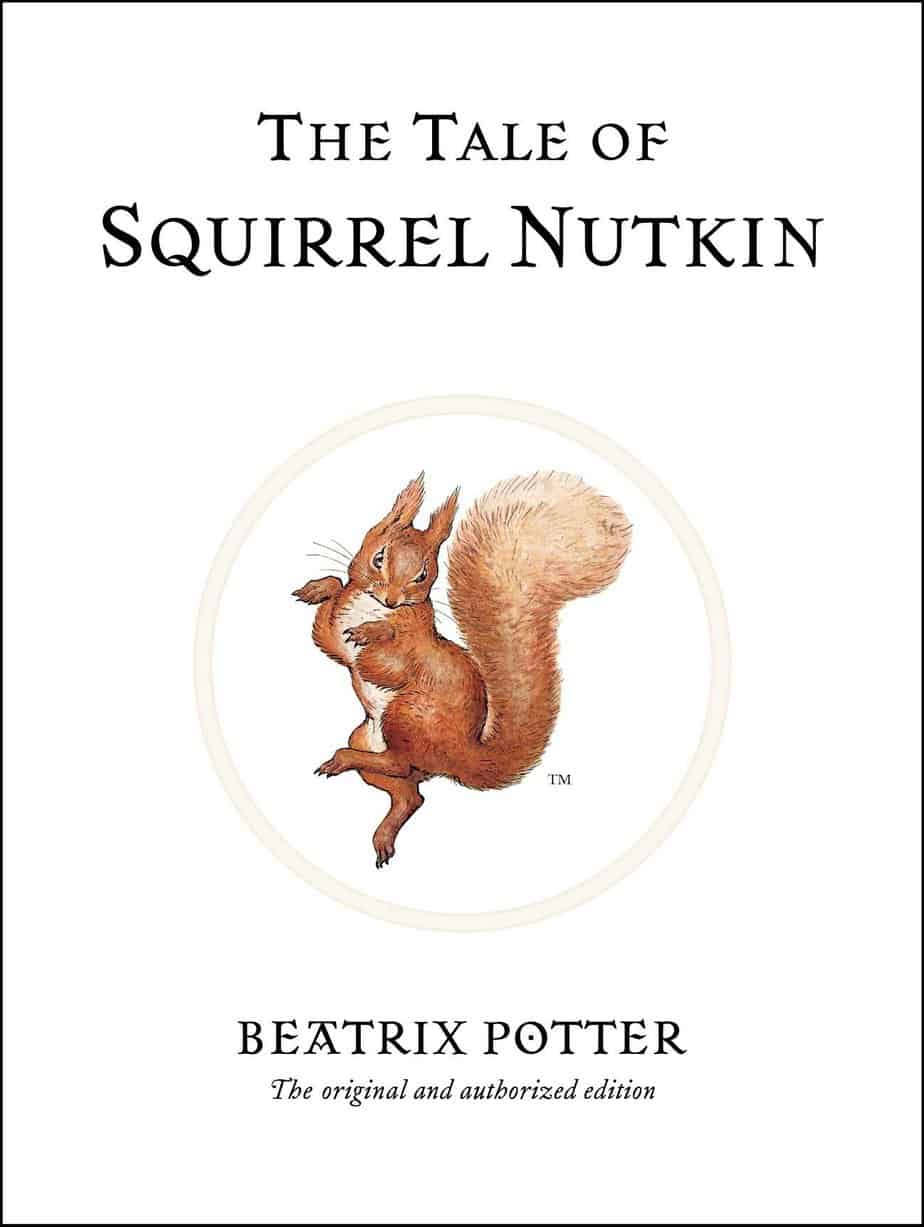
and illustrated by Beatrix Potter. Squirrel Nutkin is an example of a story from the First Age of Children’s Literature, though Beatrix Potter herself did much to usher in the more modern style of children’s story.
-
The Appeal of Milly Molly Mandy
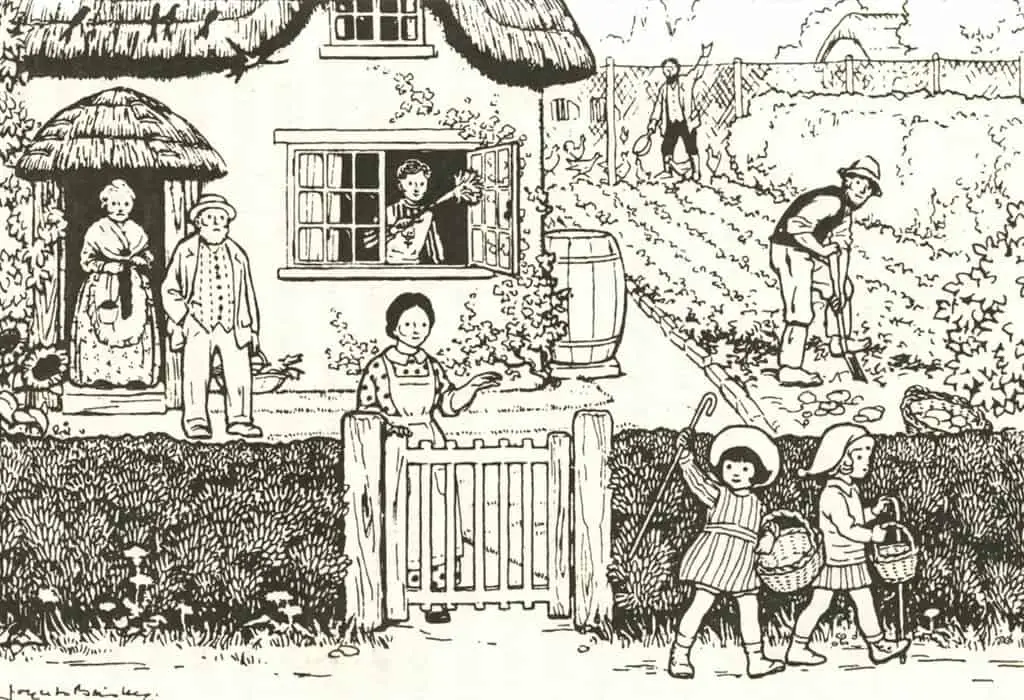
Milly Molly Mandy remains one of my mother’s favourite books, but even then it was old. Milly Molly Mandy is in fact the great-grandmother of today’s child readers. I’m not sure how popular these stories are among the contemporary audience, but I can say for sure, Milly Molly Mandy entertained at least two generations of…
-
Somersault Film Storytelling Techniques
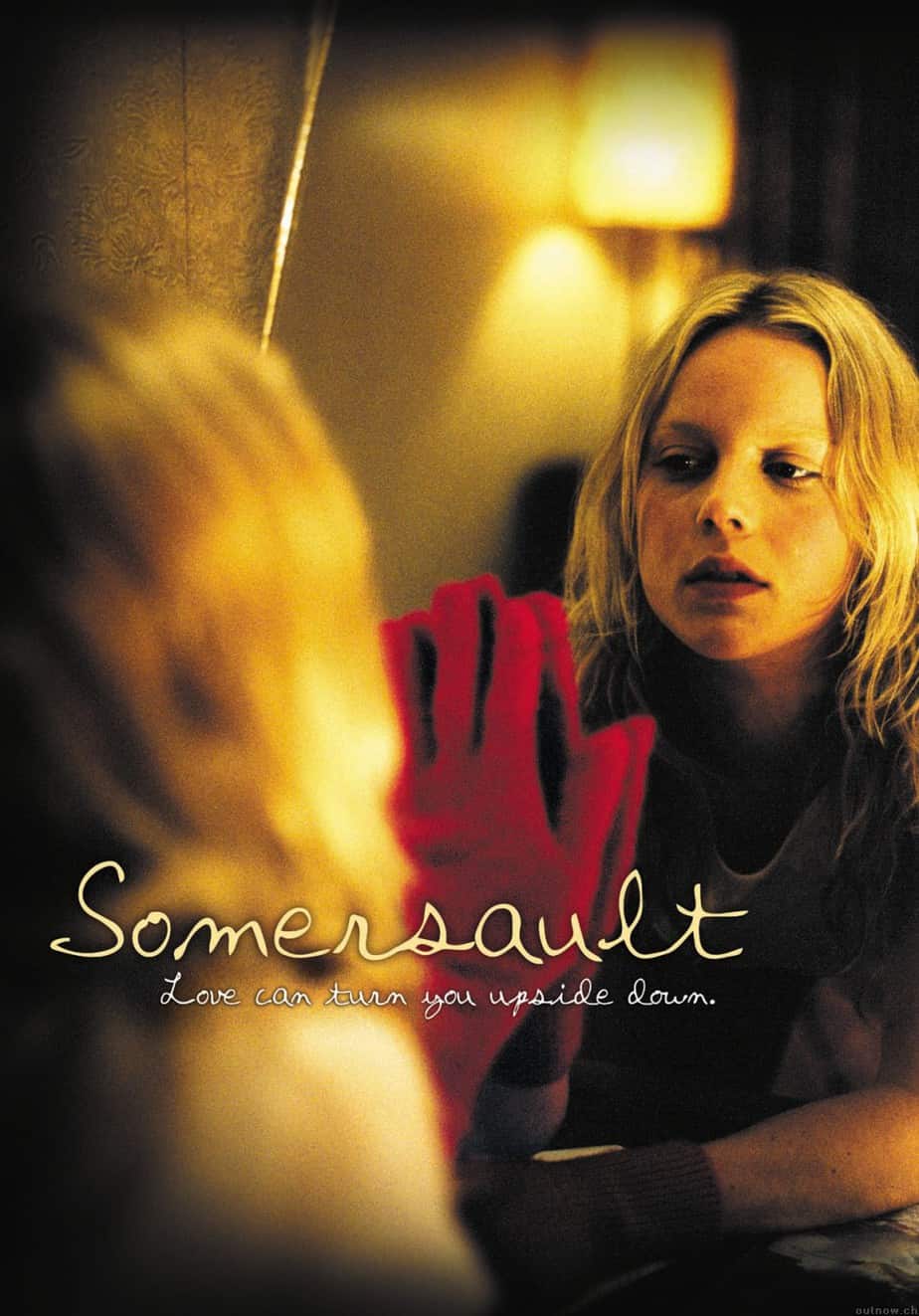
Last month I wrote about the film American Honey, set in America but written and directed by Andrea Arnold, who is English. If there’s an Australian equivalent of American Honey, Somersault is it. Somersault is a 2004 film written and directed by another (all-too-rare) female filmmaker, Cate Shortland. SIMILARITIES BETWEEN AMERICAN HONEY AND SOMERSAULT Both…
-
Mister Dog by Margaret Wise Brown and Garth Williams Analysis
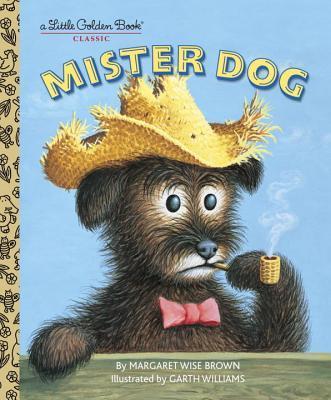
Mister Dog, written by Margaret Wise Brown, was first published by Little Golden Books in 1952. This was the last book published in Wise Brown’s lifetime before she died age 42. Garth Brown illustrated the text in his distinctive Garth Brown style. The story is about a dog with the stand-out gag that he ‘belongs…
-
Scuffy The Tugboat by Gertrude Crampton Analysis
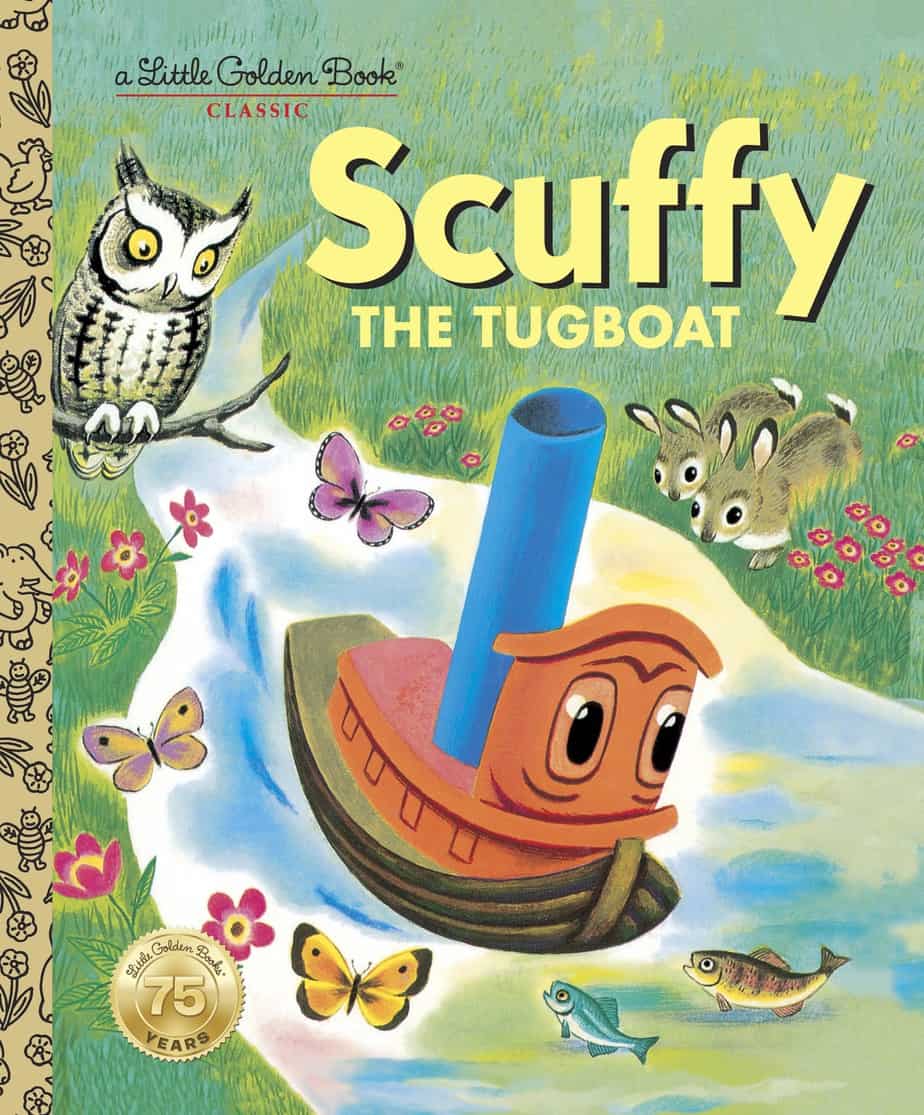
The Little Golden Books series was launched in 1942, just as the second world war ended. Children needed to hunker down with cosy stories (along with their parents). Scuff The Tugboat was one of the earlier publications of this highly successful franchise, first printed in 1946, and the epitome of ‘cosy’. Now you can buy…
-
Chekhov’s Toy Gun In Children’s Literature
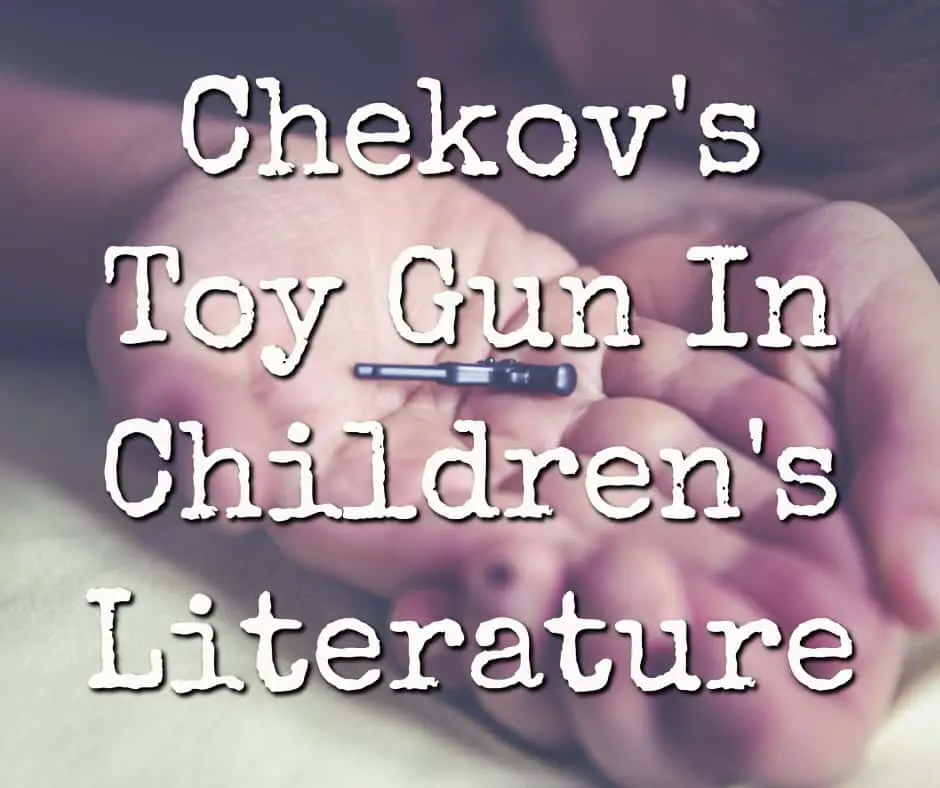
Chekhov’s gun is a storytelling technique to do with foreshadowing. The author places a gun in the story/picture and one of the characters uses it later. This is the general rule: If the gun has been placed, the author must make use of it. Otherwise the reader will wonder what on earth it was doing…
